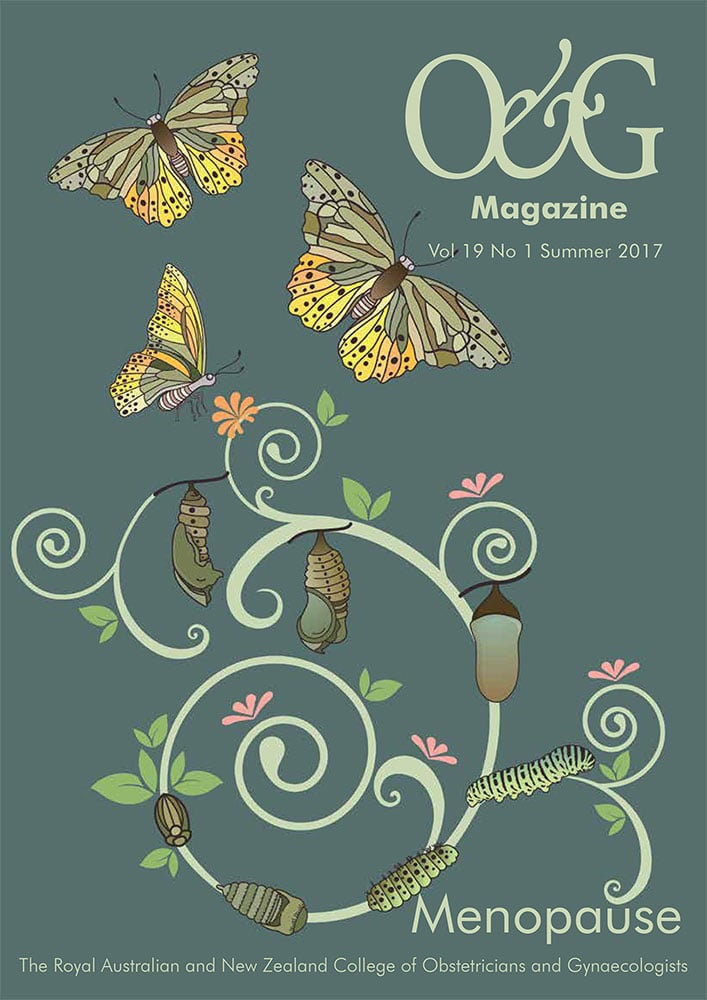Letters
Emergency peripartum hysterectomy
This article is 8 years old and may no longer reflect current clinical practice.
I am writing to add, from my own experience, some points to the article, Emergency Peripartum Hysterectomy, which featured in O&G Magazine, Vol18; No4, p34:
There are two situations in which early division of the round ligaments (RLs) is a useful alternative to the procedural order as set out by the authors.
When lower segment caesarean section (LSCS) incisions extend laterally:
- inserting multiple deep sutures blindly places the ureter at risk, and is often ineffective; it was the source of all the cases of ureteric damage at caesarean section (CS) in my units, covering more than 100 000 births
- I found that early division of the RLs allows the uterus to be drawn upwards and away from the pelvic wall, and, ipso facto, away from the ureter. This gives good exposure of tears, even those extending into the vagina, permits more effective suturing under direct vision; and thus perhaps avoids a hysterectomy.
When a CS scar is densely adherent to the bladder:
- it is at risk of damage when pushed down as usual for access to the lower uterine segment, and such damage may go undetected until urine begins to leak through the vagina in the postoperative period
- if, after delivery through a higher uterine incision as recommended by the writers, further exploration or hysterectomy is indicated, the next step should be to divide the RLs, and open the broad ligaments anteriorly. This will allow the lateral extent of the adherent area to be identified and the lower uterovesical pouch defined by gentle finger dissection below the scar. Then, starting laterally, the bladder can be mobilised by sharp dissection under vision. If the bladder is damaged, it is easier to define and repair trauma at this level, which will be well above the trigone; but better still to leave a smidgin of uterine tissue attached to an intact bladder
I would like to make two further points:
- The RLs need very secure stitch-ties if they are not to retract and bleed deep within the inguinal canal.
- If the peripartum uterus tends to become flaccid, and a surgical nuisance after the uterine vessels have been secured, direct injection of oxytocics into the myometrium helps keep it firm, and easier to work around.






Leave a Reply